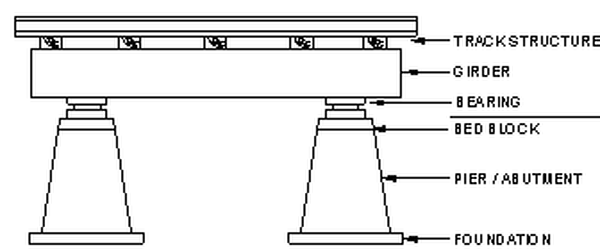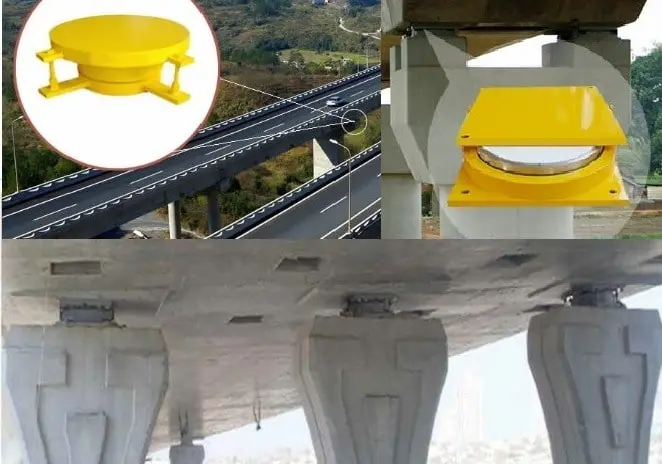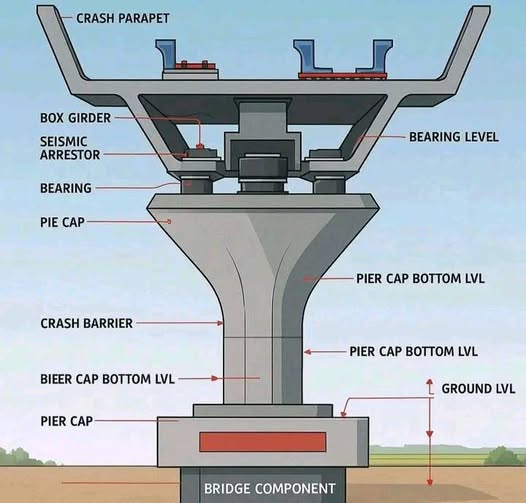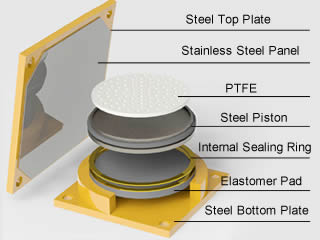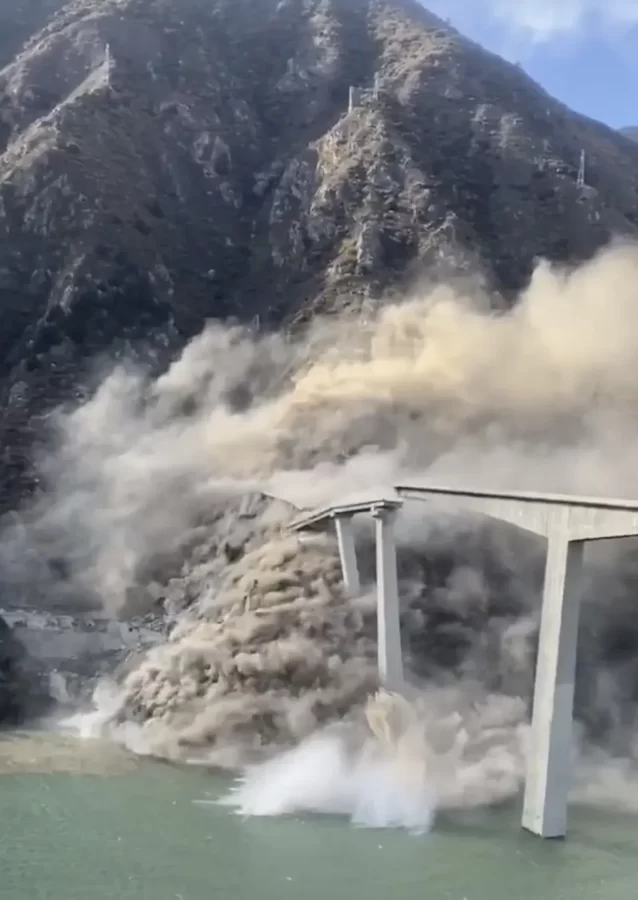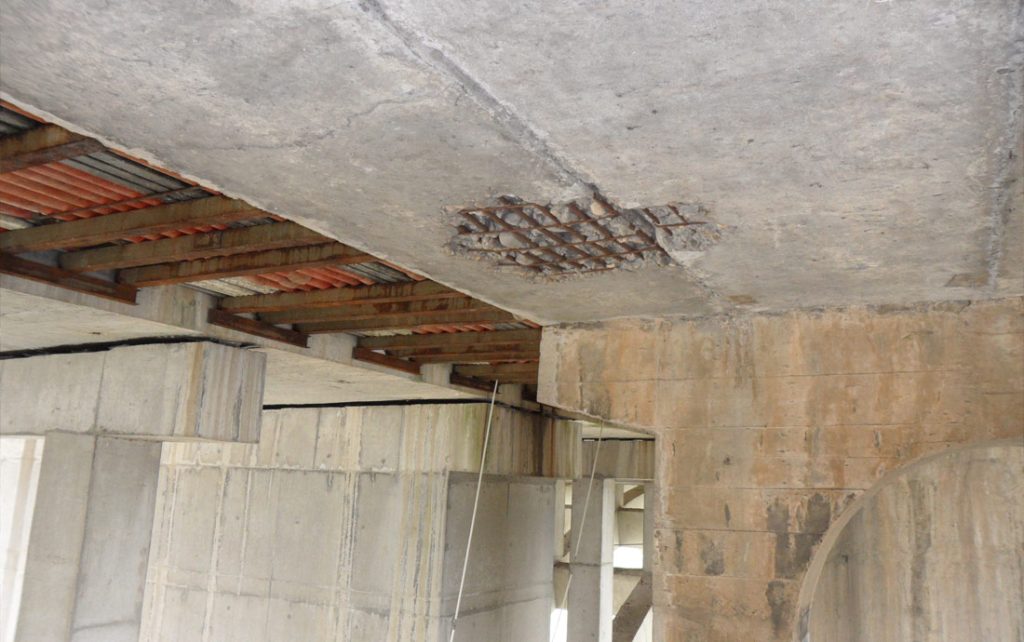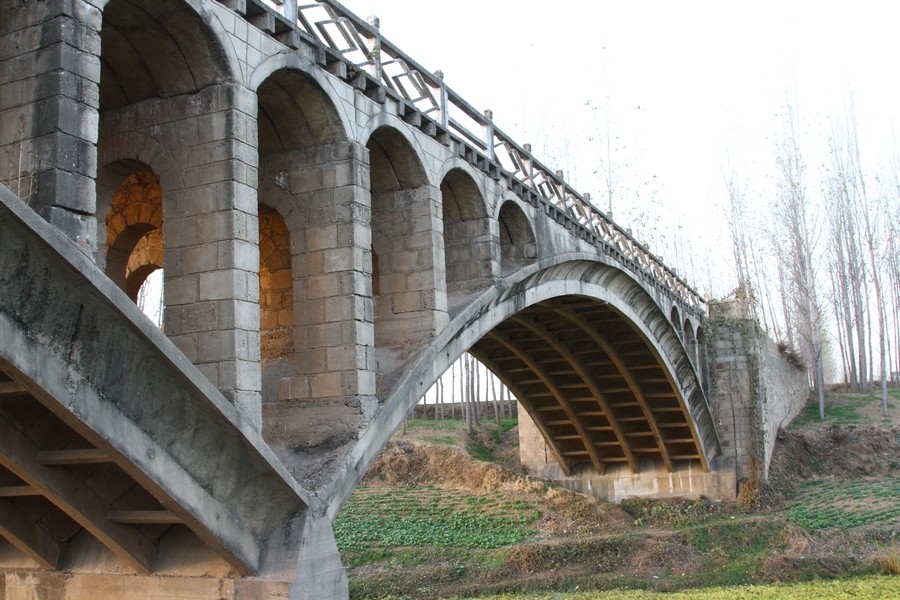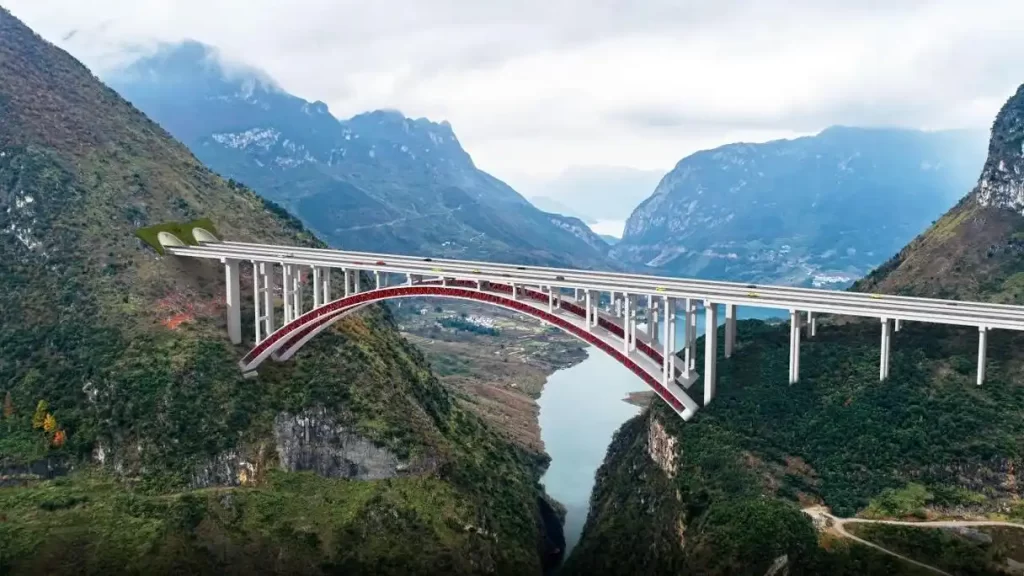Highway bridges are vital components of transportation networks, yet during service life they inevitably develop various defects. This article systematically analyzes five major types of common bridge defects, provides practical prevention and remediation strategies, and introduces the application of modern inspection technologies such as drones.
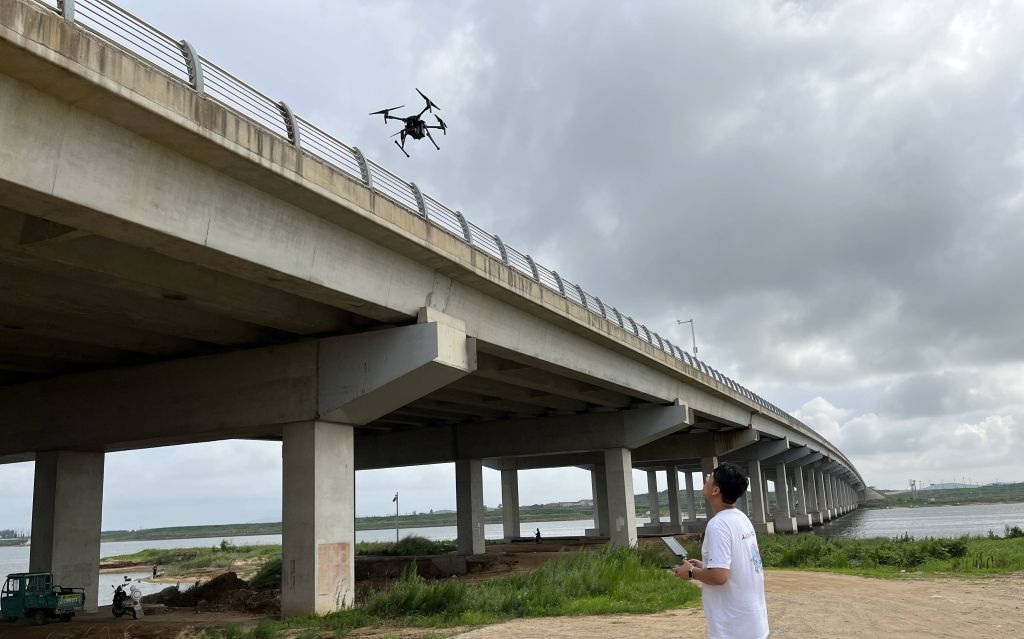
Five Typical Defects in Detail
1. Cracking Issues
- Main types: arch ring cracks, pavement cracks, structural cracks
- Common causes: load variation, temperature fluctuation, shrinkage stress, overloading and overspeed
- Serious impact: reduced load-bearing capacity, reinforcement corrosion, and compromised structural safety

2. Concrete Problems
- Spalling: in humid or saline–alkali environments, reinforcement corrosion causes expansion and surface layer peeling
- Carbonation: reaction of calcium hydroxide in concrete with carbon dioxide lowers pH, inducing reinforcement corrosion
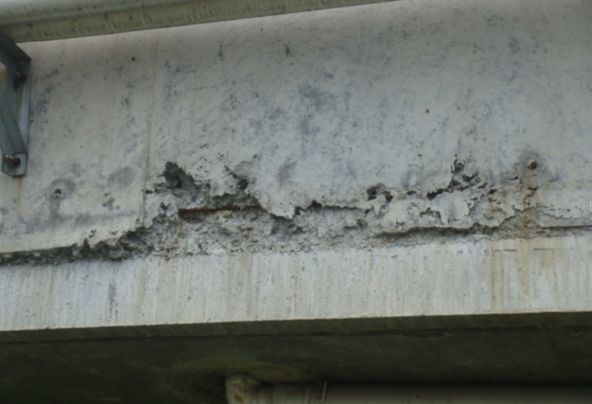
3. Reinforcement Corrosion
- Causes: insufficient protective cover due to poor construction or maintenance, moisture and chloride intrusion
- Consequences: reinforcement volume may expand up to 10 times, inducing cracks by internal pressure and threatening structural stability
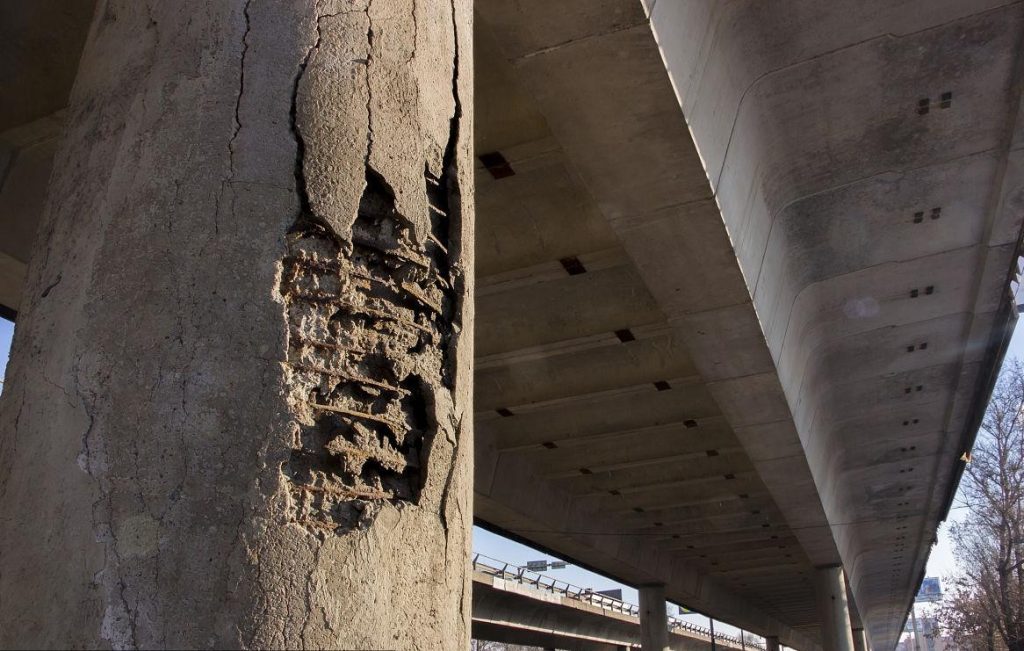
4. Structural Displacement
- Manifestation: pier settlement or displacement (severe cases exceed 30 mm)
- Root cause: uneven foundation settlement or changes in geological conditions
- Potential risks: tilting deformation and major safety hazards
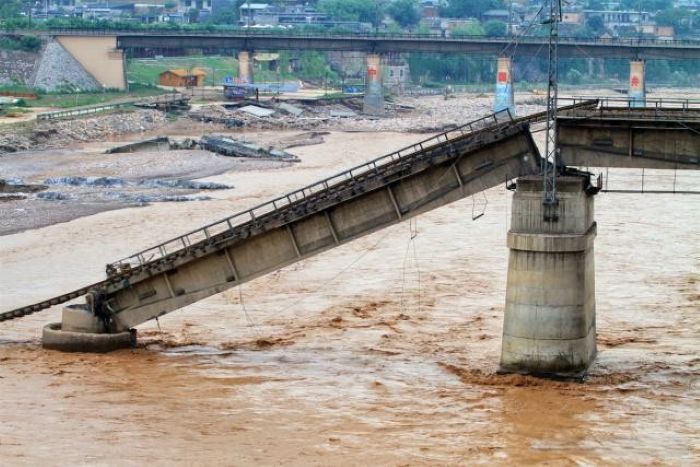
5. Bearing Damage
- Common issues: cracks, wear, deformation, or failure
- Causes: long-term loading, temperature variation, environmental corrosion
- Chain effect: increased bridge vibration, potential overall tilting
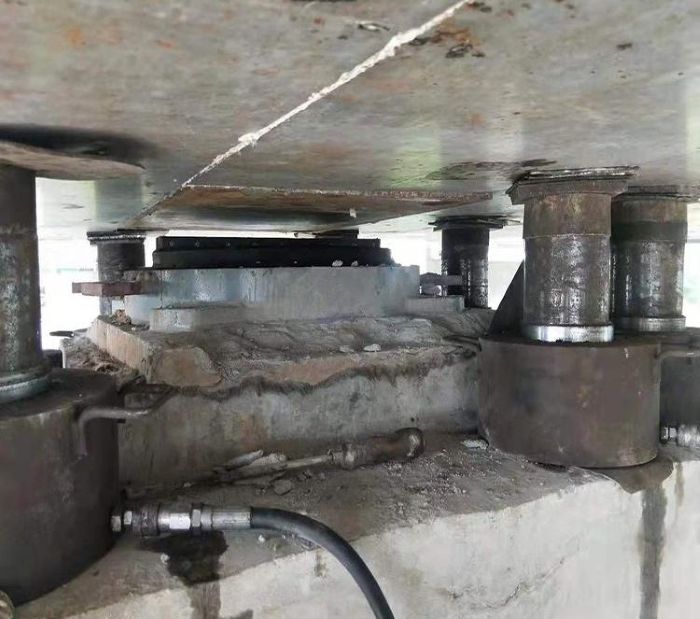
Three Stages of Defect Development
- Early stage: microcracks on surfaces, localized carbonation
- Middle stage: crack propagation, reinforcement corrosion, pavement damage
- Late stage: structural displacement, reduced load-bearing capacity, functional failure
👉 Recommendation: early detection and timely repair yield the lowest cost and best outcomes. Regular inspections are essential.
Practical Strengthening and Maintenance Methods
1. Deck Treatment
- Local repairs: clean and roughen damaged areas, then patch with materials of the same grade
- Recasting: for severely damaged areas
- Overlay reinforcement: repairs cracks while improving load-bearing performance
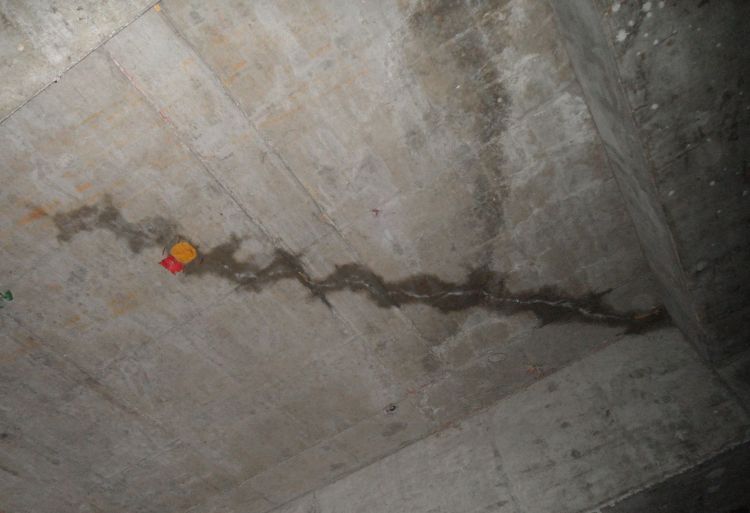
2. Structural Reinforcement
- Section enlargement: improves stiffness and load capacity
- Concrete replacement: substitutes defective material without reducing clearance
- Crack grouting: pressure injection to restore integrity
- Prestressing: enhances flexural and shear resistance, slows crack development
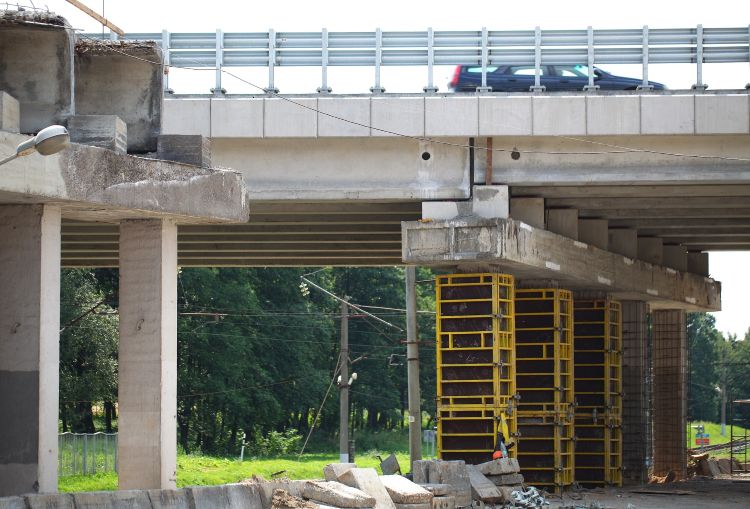
3. Material Wrapping
- Steel plate or section wrapping: improves load-bearing performance
- Fiber-reinforced polymer (FRP) wrapping: lightweight and corrosion-resistant, but requires fire protection
4. Application of Modern Inspection Technologies
- Drone inspection: captures high-resolution images efficiently, especially for hard-to-reach areas like arch rings
- Load testing: evaluates actual bearing capacity
- Nondestructive testing: including ultrasound and radar, for internal structural assessment
5. Preventive and Remedial Recommendations
- Establish a regular inspection system: set annual, quarterly, and monthly plans
- Implement graded maintenance: apply measures according to severity levels
- Improve record management: maintain a “health archive” to track defect development
Conclusion
Prevention and remediation of highway bridge defects require the principle of “prevention first, combined with treatment.”
I previously authored “Highway Bridge Typical Defects Detection, Repair and Reinforcement Principles”, which details specific inspection methods and maintenance standards for different defects. You may refer to that article to develop more targeted inspection and maintenance plans.
If you need highway bridge inspections, Riebo offers expert drone bridge inspection solutions for efficient, accurate damage detection and condition assessment. We provide full-bridge surveys, defect identification, and data analysis, delivering precise insights to support safe and effective repair and reinforcement.

